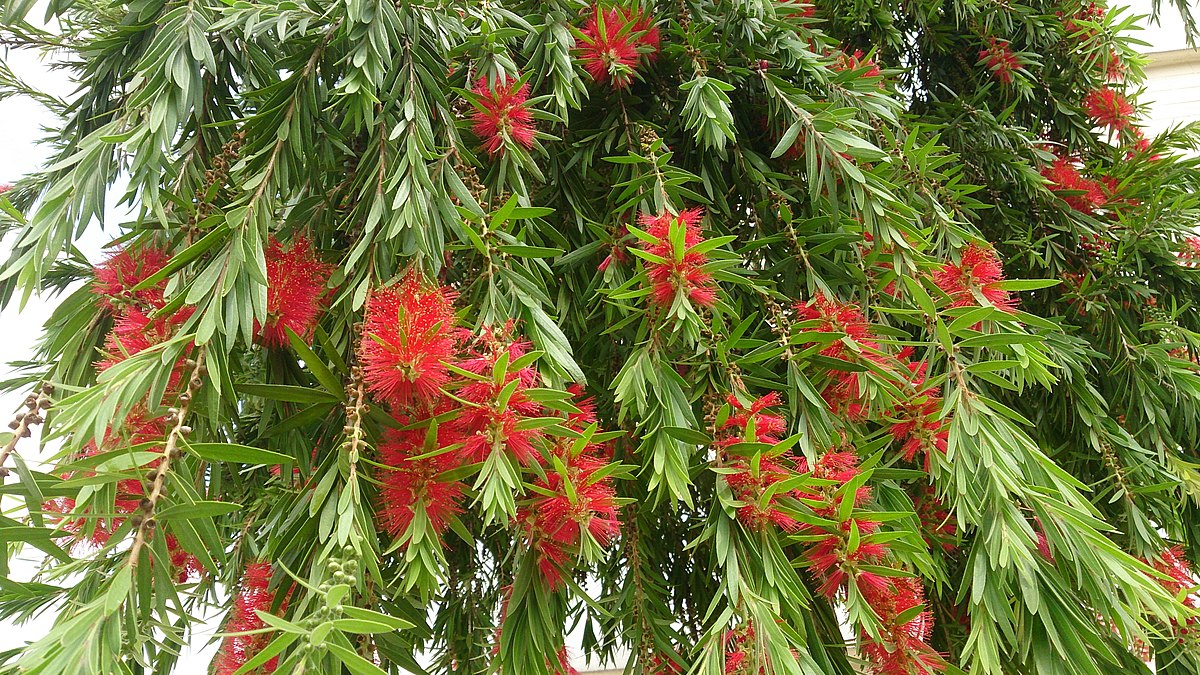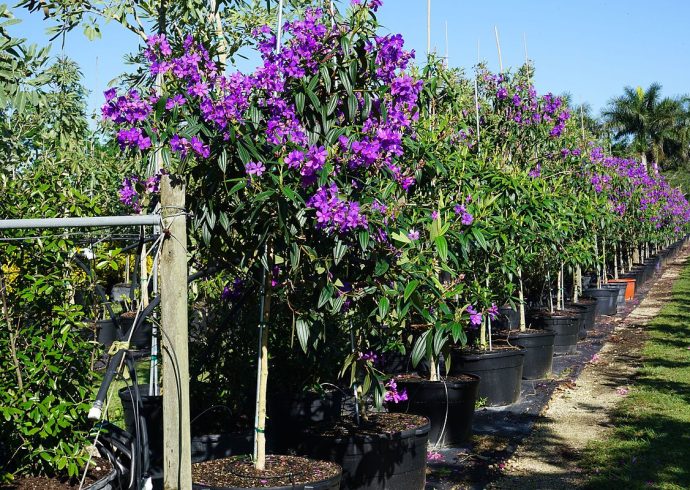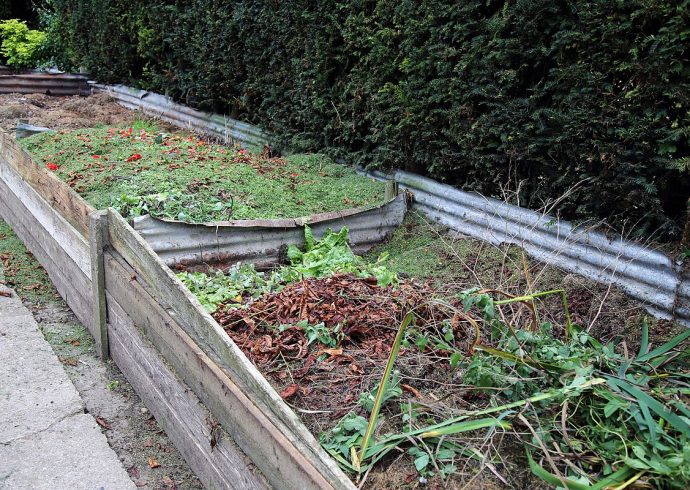
Growing Callistemon, or Bottlebrush Tree
For those who have seen a callistemon tree for the first time, the fuzzy red or pink flowers are striking to behold. These flowers are fragile enough to disseminate across yards once the blossoming season is over, resembling scattered red needles in tiny bunches upon the ground. Due to the shape of the flower, callistemon is more commonly referred to as the bottlebrush. Native to Australia, the bottlebrush is also grown throughout the United States, usually in the subtropical part of the nation where callistemon thrives. Technically, callistemon is a shrub but is often sold as a tree in nurseries due to its growth height of 8 to 15 feet with a spread of the same dimensions. Callistemon in your garden is a great way to attract hummingbirds, butterflies and bees, which thrive from the food the tree provides them. There are close to fifty varieties of callistemon, all of which are beautiful, with some of them having a unique scent, such as the Callistemon citrinus, with its flowers having a bold, citrus smell.
Before planting a newly purchased callistemon, find a spot in your garden or yard that receives full sun. Measure out the size of the root ball, then dig a hole that is at least twice the size of the root ball to allow the roots to spread. The depth of hole should match the same height as the root ball. Prepare the soil so that it is well drained and enriched with organic matter. Both vegetable and fruit peels like bananas can be added to the soil. Sand can be added to improve drainage if needed. Position the bottlebrush shrub in the hole before covering the roots with the soil. Water it thoroughly after planting, then continue to water once a week, fully soaking the roots.
A balanced fertilizer can be applied to the base of the bottlebrush shrub during the spring. To promote flower growth, opt for a stronger fertilizer during the summer months. Keep an eye out for root rot, which should not be a problem if the soil is well drained. The callistemon tree does not have many insect issues, but spider mites may appear on the leaves. If this happens, treat the leaves with an insecticidal soap.
When it comes to pruning the bottlebrush tree, the good news is that it can undergo heavy pruning annually which does not affect its growth. Moreover, you can train to grow the bottlebrush tree into a specific shape, whether it is perfectly round, or elongated.
Image Credit: Mokkie, CC BY-SA 3.0, via Wikimedia Commons.


